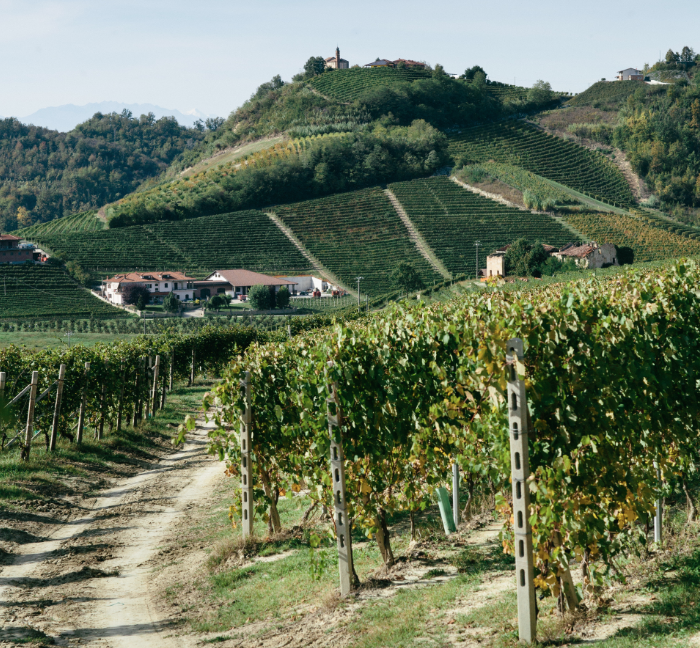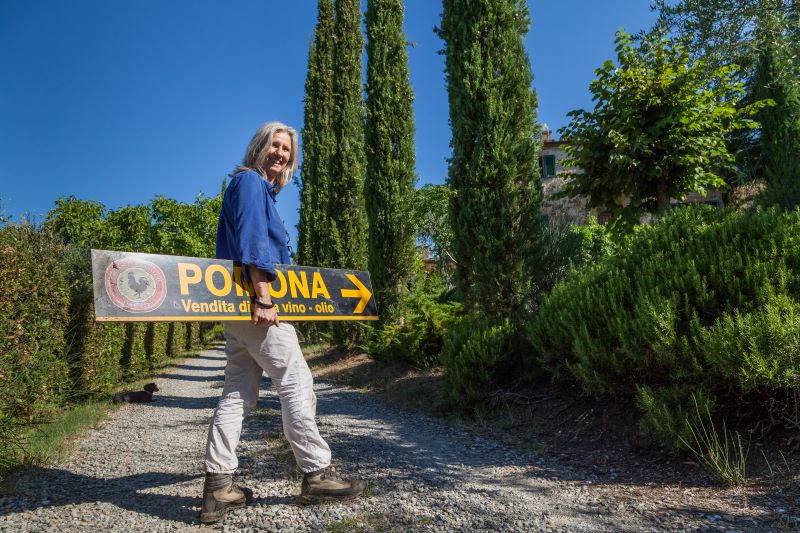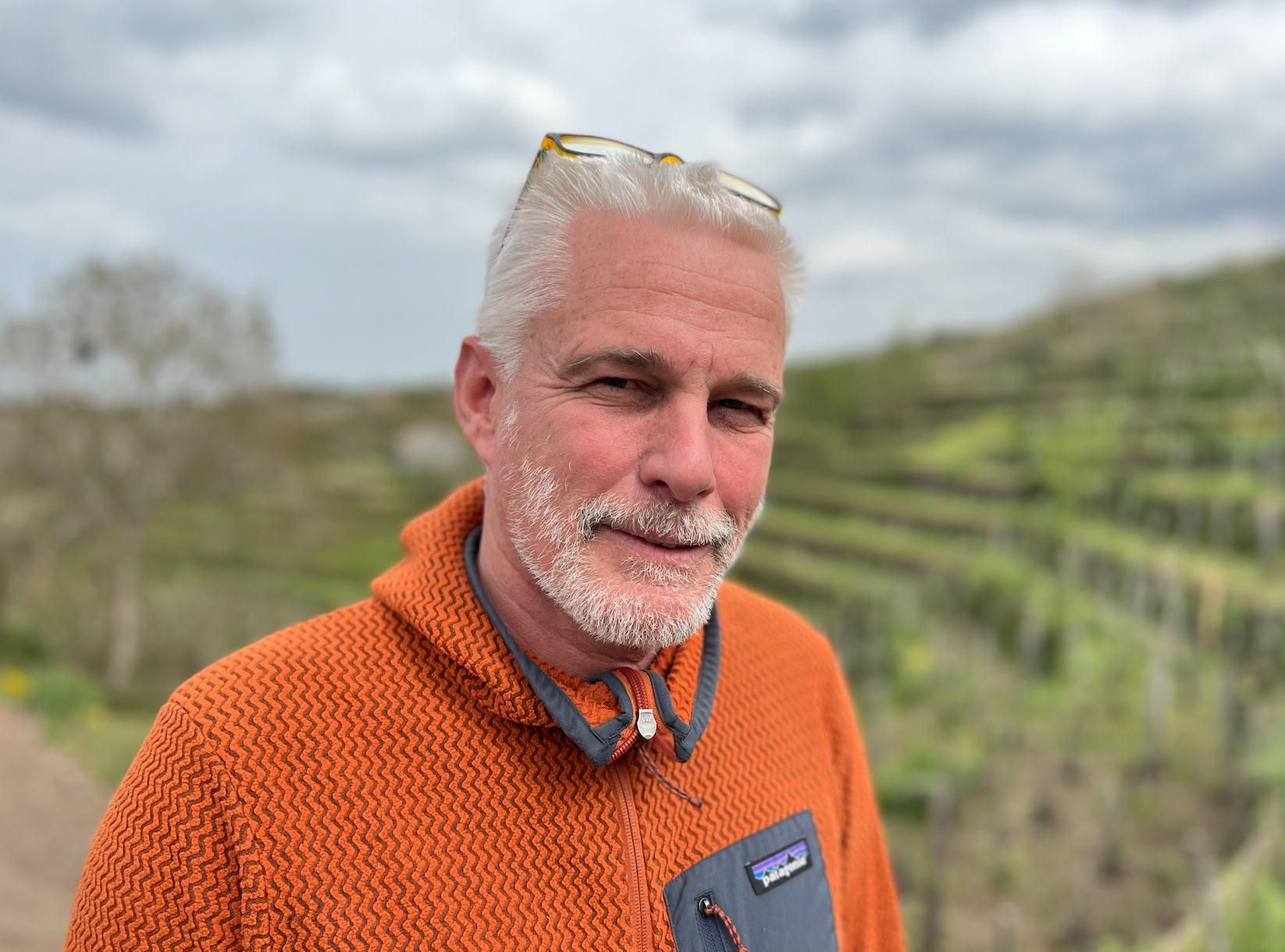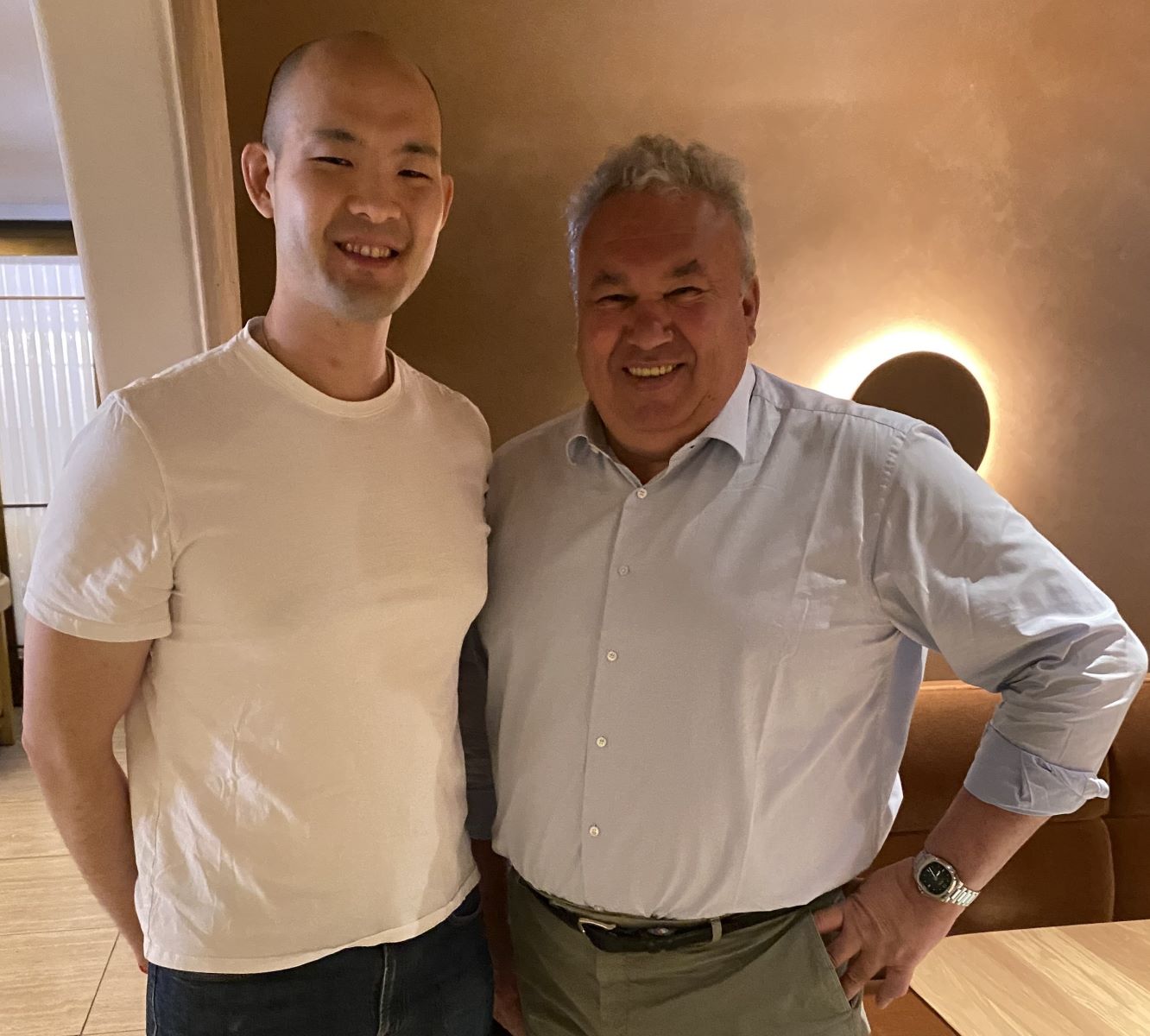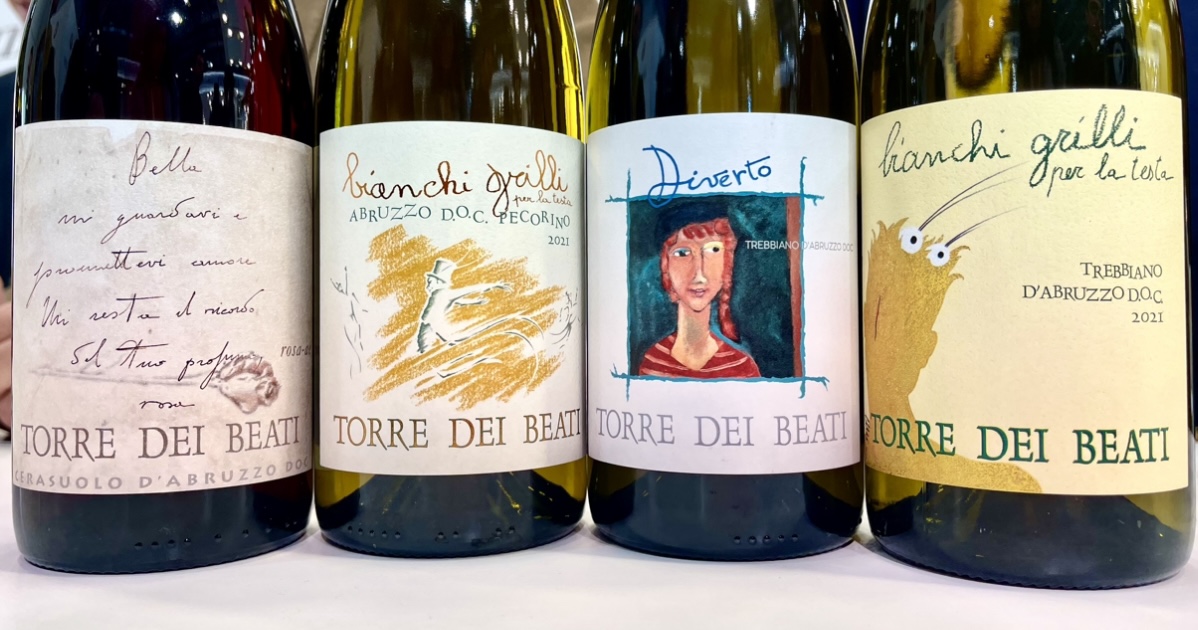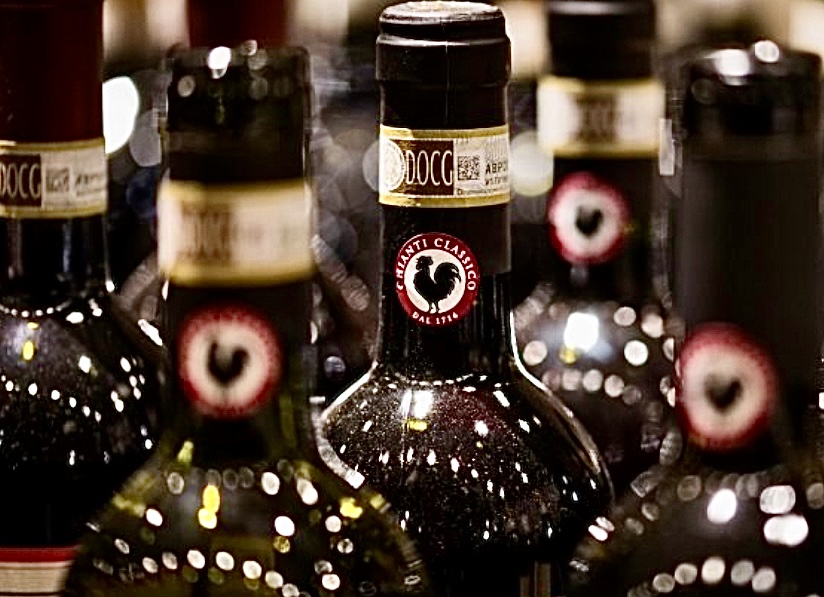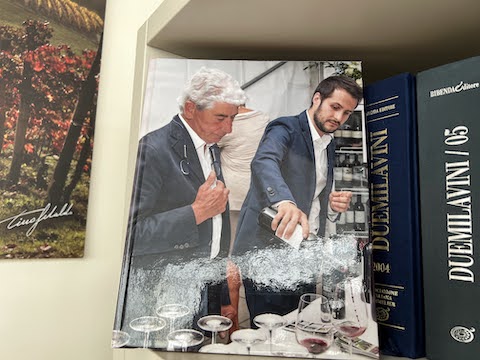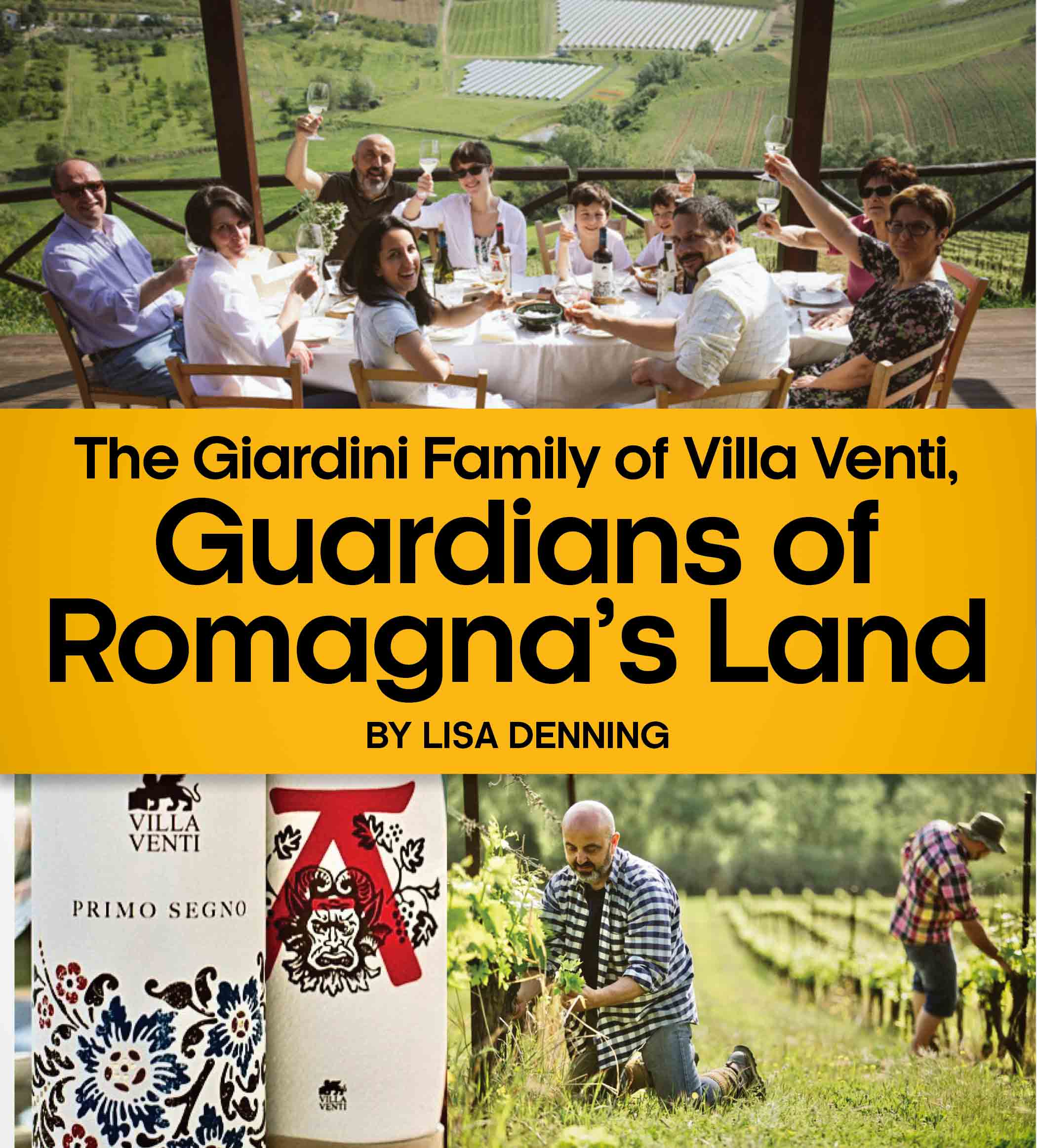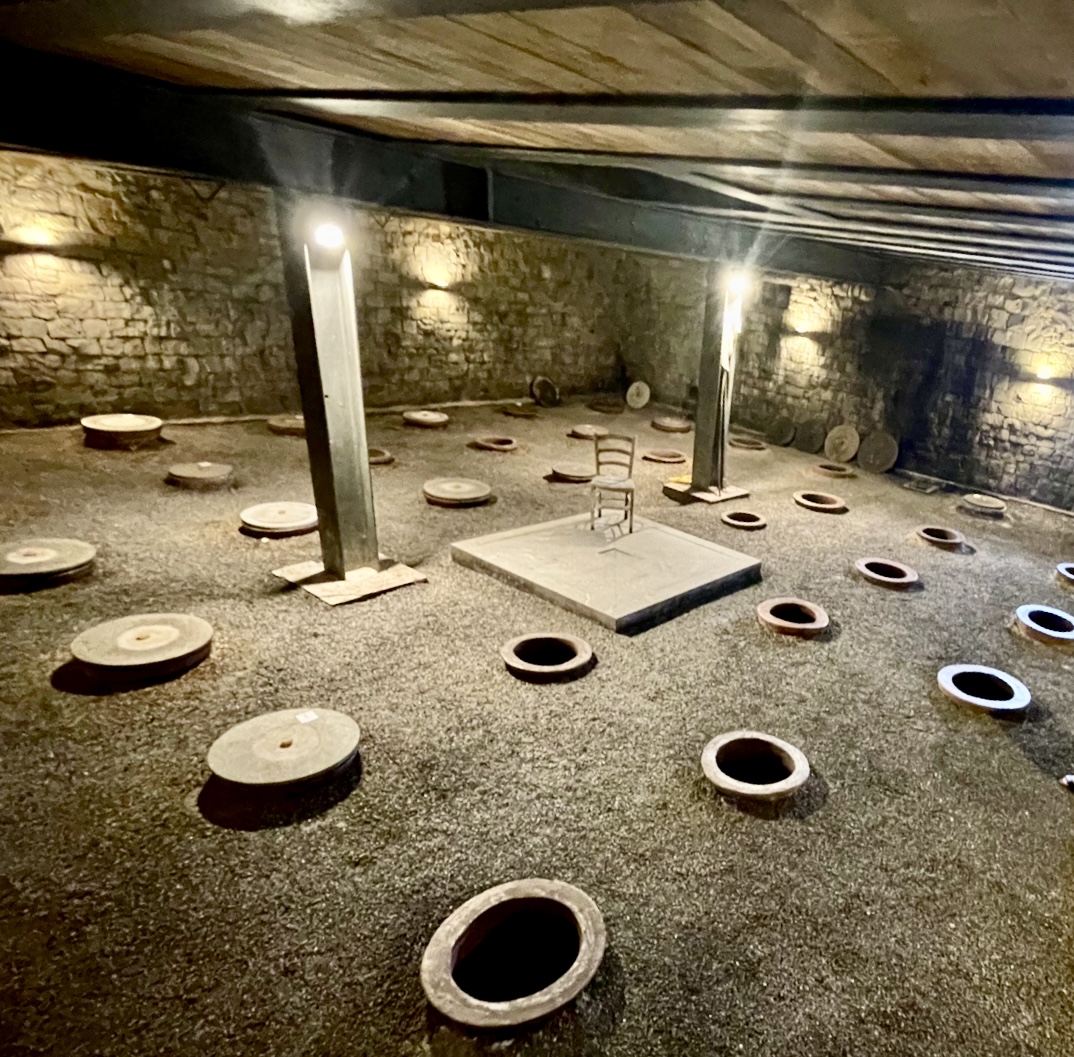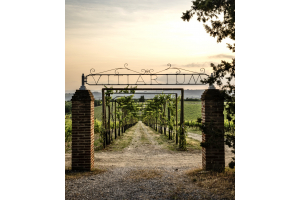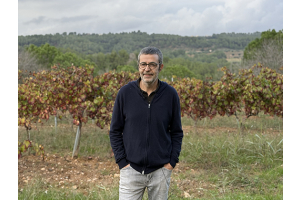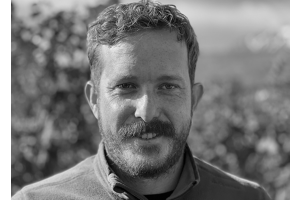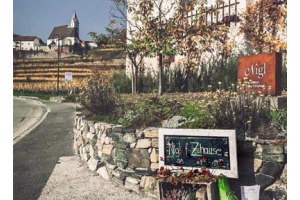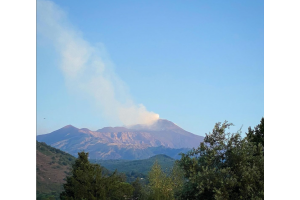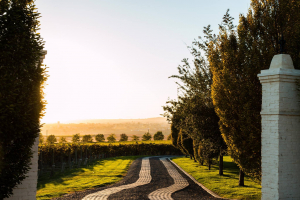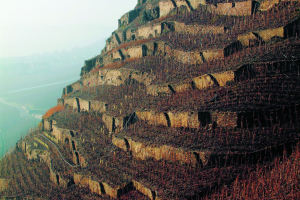Let's break down the wine scene in Piedmont, where Italy keeps some of its most epic bottles. Fair warning: once you get into these wines, your Two-Buck Chuck days are officially numbered.
italian wine
- January 18, 2025
Anselmo is very easy to like. Tall, charismatic, a full head of hair, and always smiling when he talks. He radiates a sense of joy and pride when he presents San Leonardo and its wine. This small winery, located at the southern end of Trentino DOC in Northeast Italy, is surrounded by seemingly inhospitable terrain, endless forestry, and roaming wildlife. But somehow, the 300 hectare estate has managed to maintain a 30 hectare vineyard making some of Italy’s most interesting and unique Bordeaux blends.
San Leonardo’s Bordeaux blend, which consists of Cabernet Sauvignon, Merlot, and Carmenere, is distinctly different from the powerful and opulent Super Tuscan wines from Bolgheri. Their style leans towards a more restrained cool-climate profile that focuses on elegance, balance, and freshness, and reflects a deep understanding of their soil and vines.
It was Carlo Guerrieri Gonzaga, Anselmo’s father, who was responsible for the success and quality of San Leonardo’s wines. Carlo redefined winemaking at San Leonardo in the 1970s, and today, Anselmo is the proprietor that continues to focus on what Carlo has instilled in him and everyone else that works at San Leonardo.
Anselmo will be the first to admit that his primary responsibility “…is to maintain [San Leonardo], and [he has] changed so many things just to try to maintain the identity of the work of [his] father's.”
Grape Collective speaks with Marchese Anselmo Guerrieri Gonzaga about the wines of San Leonardo, and how the vision of one man could transform a small and isolated estate to produce some of the most unique and character-filled Bordeaux blend.
In the wine world, a family is considered lucky to have their legacy carried on by descendants, generation after generation, to realize the vision their founding ancestors had for the land they occupy. Other times, uncontrollable events happen, and a family would lose their pride and joy.
While the journey that eventually brought Monica Raspi into wine was not as dramatic, the crossroad she arrived at almost 17 years ago had some similarities. Trained as a veterinarian, she never thought she would take over her family’s vineyard, Pomona, in Castellina in Chianti Classico. Her parents had, through nostalgia and hard work, finally revived parts of the estate after it was abandoned for over 30 years. But their family was once again at risk of losing Pomona if Monica hadn’t decided to take over from her mother in 2007.
Fortunately, Monica did.
The transition was hard and sometimes caused her to doubt herself. But with the guidance of those she worked with, Monica gradually learnt to appreciate the beauty of her work in the vineyard as she transitioned it to become organic, and the satisfaction of producing wines she felt best represented what Pomona’s soils offered.
Grape Collective talks to Monica Raspi about her journey of taking over her family’s legacy and her winemaking approach.
Grape Collective talks to Frank Cornelissen about winemaking on Mount Etna, his philosophy of viticulture, and what makes the region so unique.
- June 23, 2024
In the wine world, there are a lot of producers that come from multiple generations of grape growing and winemaking. To them, wine isn’t just a way of life, it is THE way of life. For Armando Castagnedi, co-owner of Tenuta Sant’Antonio in Valpolicella, this belief is the driving force behind the establishment of their business.
Armando and his three brothers grew up in a small village in the eastern part of Valpolicella, where their father Antonio was a grape grower for the local wine cooperative. The brothers worked with Antonio and as wine consultants for many years, but they also wanted to make their own wines and not just grow grapes. Their father never agreed.
So, naturally, the brothers purchased a plot of land on Monti Garbi in 1989, and started Tenuta Sant’Antonio; the first vintage was 1995.
- August 07, 2023
Torre dei Beati is a winery in Loreto Aprutino, a charming hilltop town in central Italy's Abruzzo region. In 1999, Fausto Albanesi and his wife Adriana inherited a small parcel of family vineyards, sparking a shared passion that changed their lives. At the time, winemaking offered a creative escape from their day jobs, with Fausto employed as an engineer and Adriana as an accountant.
Their journey towards full-time wine production spanned 17 years, and today, Torre dei Beati produces some of Abruzzo's most noteworthy, terroir-reflective wines. The winery's 52 acres of native, organically-farmed grapes are planted between 800 and 1,000 feet above sea level and about 15 miles from the Adriatic...
- July 06, 2023
Chianti Classico, one of Italy's most prestigious wine regions, announced on July 5th, 2023, that the Italian Ministry of Agriculture has officially approved its Additional Geographical Units (UGA) classification system.
The Chianti Classico appellation now encompasses 11 distinct areas, whose names—San Casciano, Greve, Montefioralle, Lamole, Panzano, Radda, Gaiole, Castelnuovo Berardenga, Vagliagli, Castellina, and San Donato in Poggio—can be included on the bottles' front labels, starting with the 2020 vintage.
In June of 2021, the proposal to subdivide Chianti Classico's territory received unprecedented approval from its wine producers, with an overwhelming 97% casting their votes in its favor. Following a two-year wait for government approval, the region's labels can now aptly convey the remarkable diversity of its land.
Aiding Consumers
The UGA classification is based on various factors, including physical, environmental, and human. It mirrors practices seen in other renowned wine regions like Burgundy, with its AOCs (Appellations d'Origine Contrôlée), and Barolo with its MGAs (Menzione Geografica Aggiuntive). Through these systems, consumers can connect the dots between a wine's intricate nuances—aromas, colors, and flavors—and its delineated territory.
Specific to Chianti Classico, wine buyers can now make informed purchasing decisions by understanding, for instance, that wines from Panzano will exhibit a darker hue and fuller body than those from Lamole.
...
- March 25, 2023
Grape Collective talks with Oscar Arrivabene about the history of the Domenico Clerico estate and the impact of the Barolo Boys with regard to traditional versus modern styles of Barolo.
- January 21, 2023
Villa Venti was founded in 2002 by Mauro and Davide Giardini, and its vineyards are planted solely with native Romagna varieties. The winery is certified organic and follows biodynamic methods.
- November 26, 2022
Joško Gravner is a revered winemaker in the Collio hills of the Friuli region of northeastern Italy, on the border of Slovenia. Considered a pioneer of the modern-day orange wine movement, he follows an ancient, low-intervention winemaking style, producing uniquely characterful wine.
